Home>diy>Building & Construction>How Long Can You Lock A Mortgage Rate For New Construction


Building & Construction
How Long Can You Lock A Mortgage Rate For New Construction
Modified: February 25, 2024
Discover how long you can lock in a mortgage rate for new construction projects. Get insights on building construction loans and secure your interest rate today.
(Many of the links in this article redirect to a specific reviewed product. Your purchase of these products through affiliate links helps to generate commission for Storables.com, at no extra cost. Learn more)
Introduction
Welcome to the exciting world of new construction! If you’re planning to build your dream home or invest in a new development, understanding the intricacies of mortgage rates is vital.
Mortgage rates play a crucial role in determining the cost of financing your new construction project. They can have a significant impact on your monthly payments, as well as the overall affordability of your home. As you navigate the process, you’ll soon realize that locking in a favorable mortgage rate is key to securing a financially viable loan.
In this article, we’ll delve into the concept of mortgage rates, how they are determined, and the factors that influence the locking periods for new construction mortgages. We’ll explore the typical timeframes for rate locks and provide insights into extending the lock period if needed. Additionally, we’ll discuss some potential risks and considerations you should be aware of.
By the end of this article, you’ll have a solid understanding of how long you can lock a mortgage rate for new construction, empowering you to make informed decisions that align with your financial goals.
Key Takeaways:
- Secure a favorable mortgage rate for new construction by understanding factors like construction timeline, market conditions, and lender policies. Communicate with your lender and monitor market fluctuations to make informed decisions.
- When extending the lock period for a new construction mortgage, consider potential risks like time and cost overruns, changing market conditions, fees, and financial implications. Consult with professionals for tailored guidance.
Understanding Mortgage Rates
Before we delve into the locking periods for new construction mortgages, let’s first understand how mortgage rates work. Put simply, a mortgage rate is the interest rate charged on a loan used to finance a property purchase. It’s the cost you’ll pay for borrowing the funds needed to build your dream home.
Mortgage rates are influenced by a variety of factors, including economic conditions, inflation, and the overall health of the housing market. Lenders use these factors, coupled with your creditworthiness and loan-to-value ratio, to determine the interest rate you qualify for.
It’s important to note that mortgage rates can fluctuate daily, even hourly, depending on market conditions. This volatility is why many borrowers choose to lock in their rates, providing them with a sense of stability and protection against potential rate increases.
When you lock a mortgage rate, you’re essentially agreeing with the lender to guarantee a specific interest rate for a certain period of time. This rate will be honored regardless of any market fluctuations that occur during the lock period, providing you with peace of mind and financial predictability.
Now that we have a basic understanding of mortgage rates, let’s explore the factors that can affect the locking periods for new construction loans.
Factors Affecting Locking Periods for New Construction Loans
Locking periods for new construction loans can vary based on several factors. It’s essential to consider these factors when determining how long you can lock in a mortgage rate for your new construction project. Here are the key elements that can influence the locking period:
- Construction Timeline: The duration of the construction process plays a significant role in determining the locking period. If your project has a shorter timeline, lenders generally offer shorter lock periods. Conversely, if your construction timeline is longer, you may seek a longer lock period to mitigate potential rate increases during the build.
- Market Conditions: The current state of the housing market and prevailing interest rates can impact the length of the lock period. If rates are highly volatile or expected to rise, lenders may offer shorter lock periods to minimize their risk. Conversely, if rates are stable or predicted to decrease, lenders may offer longer lock periods to attract borrowers.
- Lender Policies: Different lenders have varying policies regarding lock periods. Some lenders may have a standard lock period for all borrowers, while others may offer flexibility in choosing the duration. It’s important to consult with multiple lenders and understand their policies to make an informed decision.
- Borrower Qualifications: Your creditworthiness, income stability, and debt-to-income ratio can influence the locking period offered by lenders. Borrowers with stronger financial profiles may have access to longer lock periods, while those with less favorable qualifications may be limited to shorter lock periods.
- Interest Rate Volatility: The stability of interest rates can affect the length of the lock period. If rates are highly volatile, lenders may be more conservative and offer shorter lock periods. Conversely, if rates are stable or expected to decrease, you may have the opportunity to secure a longer lock period.
By considering these factors, you can assess the ideal locking period for your new construction loan. It’s crucial to weigh your construction timeline, current market conditions, lender policies, your qualifications, and interest rate volatility to make an informed decision that aligns with your financial needs and goals.
Now that we have explored the factors influencing the locking periods, let’s dive into the typical lock periods for new construction mortgages.
Traditional Locking Periods for New Construction Mortgages
When it comes to new construction mortgages, there are typically two primary types of loan products: construction-to-permanent loans and stand-alone construction loans. The locking periods for these loans may vary slightly, but generally, they follow similar patterns.
Construction-to-permanent loans are a popular choice for financing new construction projects. These loans combine the construction financing and the permanent mortgage into one seamless package. Typically, the locking period for the construction phase (also known as the “interest-only” period) is shorter, ranging from 6 to 12 months. During this period, borrowers make interest-only payments based on the disbursements made for construction-related expenses.
Once the construction phase is complete and the home is move-in ready, the loan transitions into the permanent mortgage. At this point, the borrower can choose to lock in the interest rate for the long term, typically ranging from 30 to 45 days. During this locking period, the interest rate is safeguarded, allowing borrowers to secure a favorable rate for the life of their mortgage.
Stand-alone construction loans, on the other hand, are suitable for borrowers who prefer to finance only the construction phase separately from the permanent mortgage. The locking periods for stand-alone construction loans typically follow a similar structure. During the construction phase, which can last anywhere from 6 to 24 months, borrowers have a shorter locking period that involves making interest-only payments based on the disbursed construction funds.
Once the construction is complete, borrowers have the option to convert the construction loan into a permanent mortgage. At this stage, they can lock in their interest rate for the long term, usually within a 30 to 45-day period.
It’s important to note that these traditional locking periods may vary depending on the lender and the specific terms of the loan. Some lenders may offer longer or shorter lock periods based on their policies and market conditions. It’s always advisable to consult with lenders and understand their specific lock options and terms before making a decision.
Now that we have covered the traditional locking periods for new construction mortgages, let’s explore the possibility of extending the lock period if needed.
When locking in a mortgage rate for new construction, the typical timeframe is 30 to 60 days. However, some lenders may offer longer lock periods, so it’s important to shop around and compare options.
Extending the Lock Period
In certain situations, you may find the need to extend the lock period for your new construction mortgage. Extending the lock period allows you to continue benefiting from the originally locked-in interest rate, even if the initial locking period has expired. Here are some key points to consider when it comes to extending the lock period:
1. Communicate with Your Lender: If you anticipate that the construction process will go beyond the initial locking period, it’s crucial to communicate this with your lender as early as possible. Discuss your situation and inquire about the possibility of extending the lock period. Open and transparent communication is essential to find the best solution that aligns with your needs.
2. Understand the Costs: Extending the lock period may come with associated fees. These fees can vary depending on the lender and the length of the extension. It’s important to weigh the cost of extending the lock period against potential rate increases and the overall financial impact on your project.
3. Market Monitoring: Keep a close eye on the prevailing interest rates and market conditions. If rates are expected to decrease or remain stable, you may have the opportunity to extend the lock period without incurring significant costs. However, if rates are projected to rise, extending the lock period could be a prudent decision to protect yourself from potential rate hikes.
4. Rate Lock Expiration: Be aware of the expiration date of your rate lock. If you fail to extend the lock period before it expires, you may lose the initially locked-in rate and be subject to the current market rates. Timely action is crucial to avoid any undesired surprises.
5. Flexibility of Lender Policies: Different lenders have different policies when it comes to extending lock periods. Some lenders may offer more flexibility in extending the lock period, while others may have more stringent rules. It’s important to consult with your lender about their policies to ensure the possibility of extending the lock period aligns with their guidelines.
Remember, extending the lock period is not guaranteed, and it’s ultimately at the discretion of the lender. It’s essential to have open communication, stay informed about market conditions, and understand the associated costs before making any decisions related to extending the lock period.
Now that we have explored the possibility of extending the lock period, let’s discuss some potential risks and considerations you need to be aware of.
Potential Risks and Considerations
While locking in a mortgage rate for a new construction project can provide stability and peace of mind, there are potential risks and considerations to keep in mind. Here are some important factors to consider:
1. Time and Cost Overruns: Construction projects have the potential to face unexpected delays and cost overruns. If your construction timeline extends beyond the initial locking period, you may need to consider extending the lock or potentially facing higher interest rates if the market has changed unfavorably.
2. Changing Market Conditions: The housing market is dynamic, and interest rates can fluctuate. If rates decrease significantly after you’ve locked in your rate, you may miss out on potential savings. On the other hand, if rates increase, you’re protected from rate hikes by having locked in your rate.
3. Fees for Lock Extensions: Extending the lock period may come with additional fees. These fees vary depending on the lender and the length of the extension. It’s crucial to understand the costs involved and determine if the benefits of extending the lock period outweigh the fees.
4. Financial Considerations: Extending the lock period may affect your overall budget and financial plan. It’s important to assess the impact of extending the lock period on other aspects of your project, such as cash flow, contingency funds, and overall financing costs.
5. Rate Fluctuations during Extension: When extending the lock period, be mindful that interest rates may continue to fluctuate. The new rate offered during the extension may be different from the initially locked-in rate, which could impact your overall loan terms and affordability.
6. Lender Policies and Flexibility: Different lenders have varying policies when it comes to extending lock periods. Some lenders may be more flexible and accommodating, while others may have stricter guidelines. It’s important to understand your lender’s policies and discuss your options with them.
When considering the potential risks and considerations, it’s important to evaluate your personal situation and consult with professionals, such as mortgage lenders and financial advisors. They can provide you with tailored advice and guidance to help you navigate the decision-making process effectively.
Now, let’s wrap up our discussion.
Conclusion
Locking in the mortgage rate for your new construction project is a critical step in securing the financing for your dream home. Understanding how mortgage rates work and the factors that affect locking periods can help you make informed decisions that align with your financial goals.
By considering factors such as your construction timeline, market conditions, lender policies, borrower qualifications, and interest rate volatility, you can determine the ideal locking period for your new construction loan.
Typically, construction-to-permanent loans and stand-alone construction loans have similar locking periods. During the construction phase, you may have a shorter lock period, followed by a longer lock period once construction is complete and the loan transitions to a permanent mortgage.
If your project timeline extends beyond the initial locking period, you have the option to extend the lock. However, it’s essential to communicate with your lender, understand the associated costs, monitor market conditions, and be aware of the expiration date of your rate lock.
While locking in a rate provides stability, it’s important to consider potential risks and factors such as time and cost overruns, changing market conditions, fees for lock extensions, financial implications, and lender policies. By carefully evaluating these risks and considerations, you can make well-informed decisions for your new construction mortgage.
Remember, consulting with professionals, such as mortgage lenders and financial advisors, can provide invaluable expertise and guidance throughout the process.
Now that you have a comprehensive understanding of how long you can lock a mortgage rate for new construction, you can confidently navigate the financing process for your dream home. Best of luck with your new construction project!
Frequently Asked Questions about How Long Can You Lock A Mortgage Rate For New Construction
Was this page helpful?
At Storables.com, we guarantee accurate and reliable information. Our content, validated by Expert Board Contributors, is crafted following stringent Editorial Policies. We're committed to providing you with well-researched, expert-backed insights for all your informational needs.

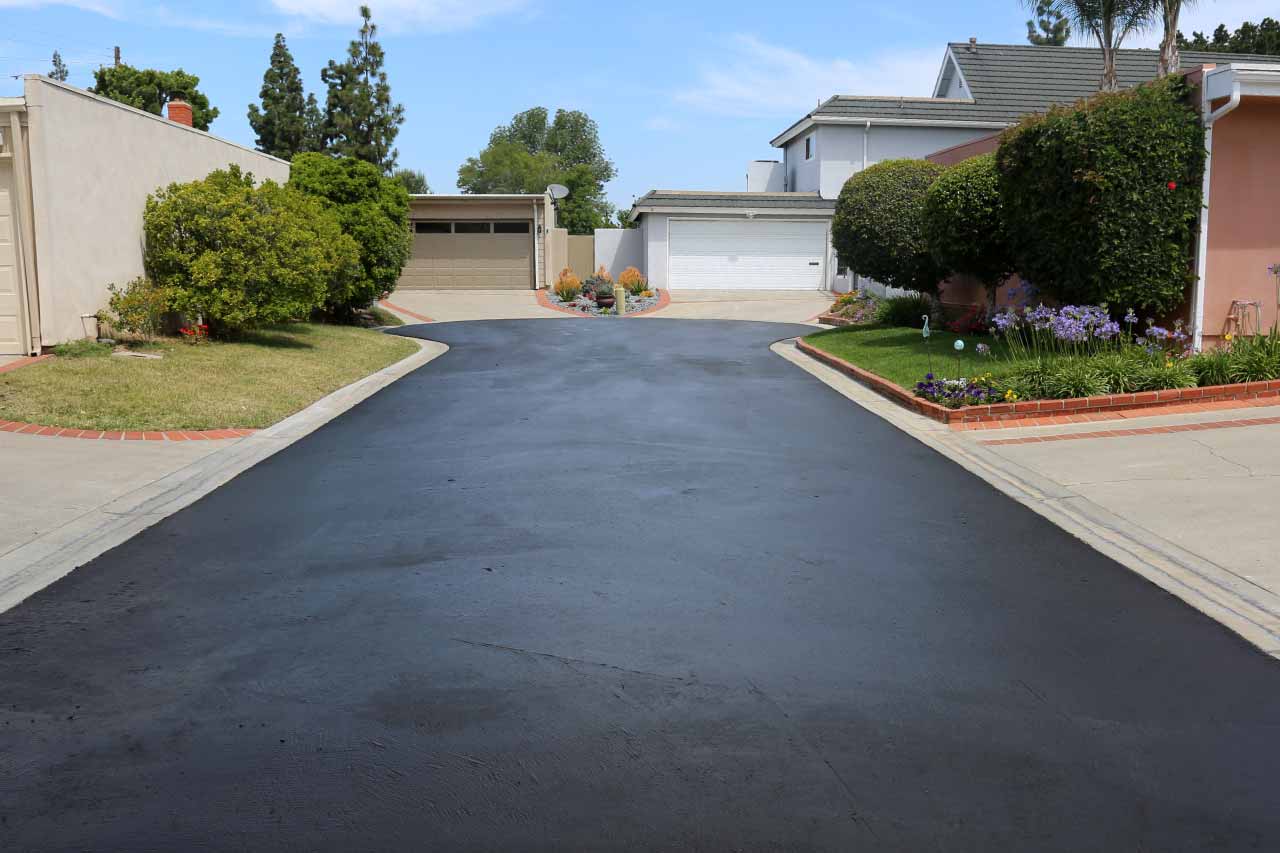
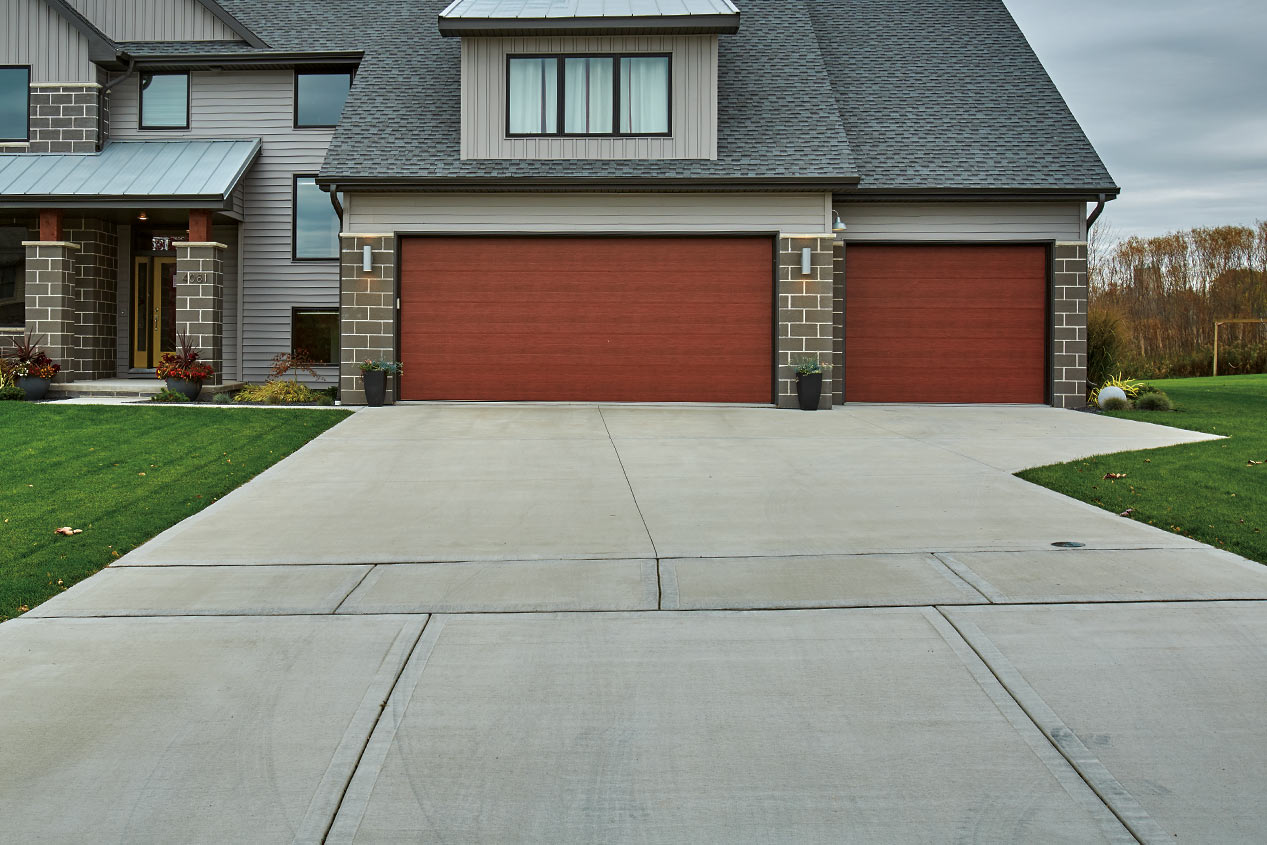
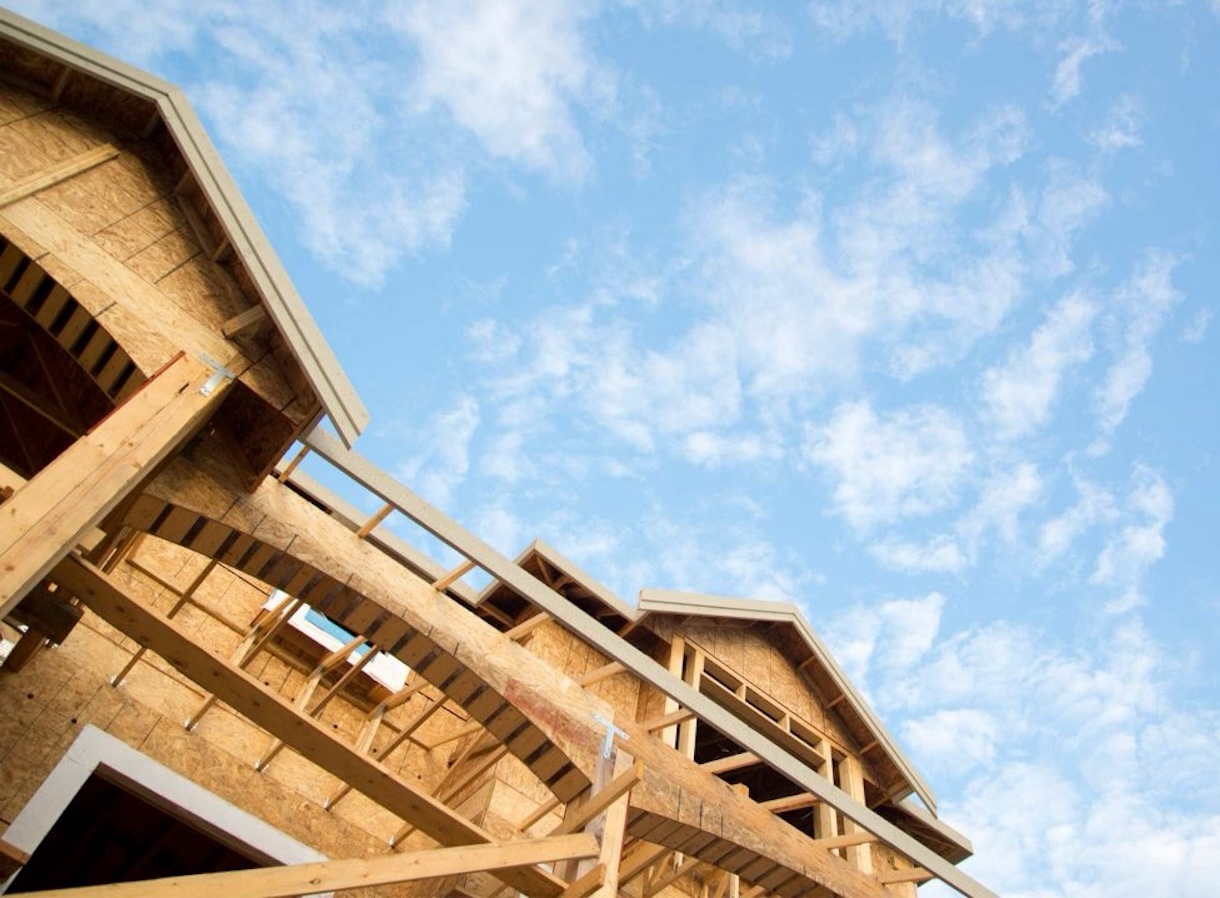

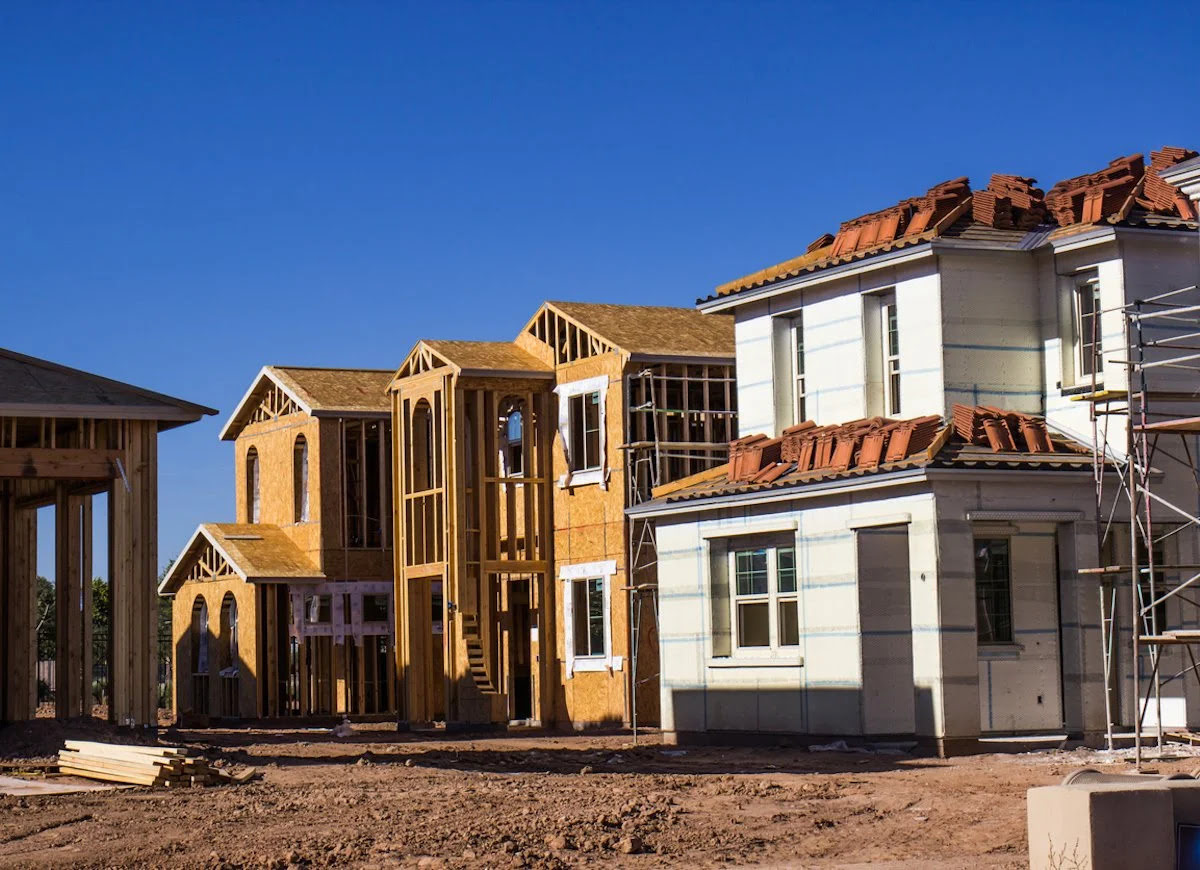
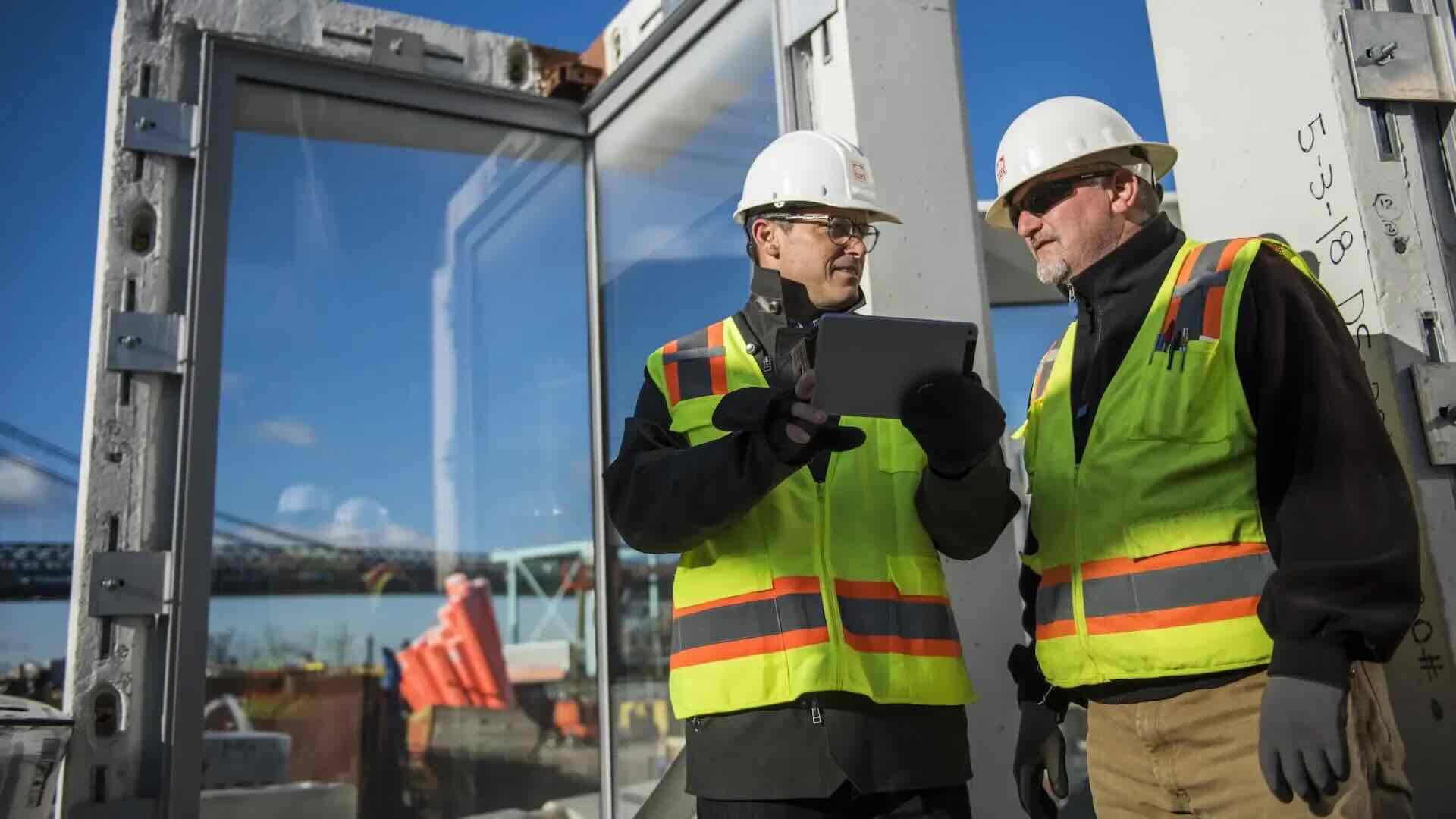




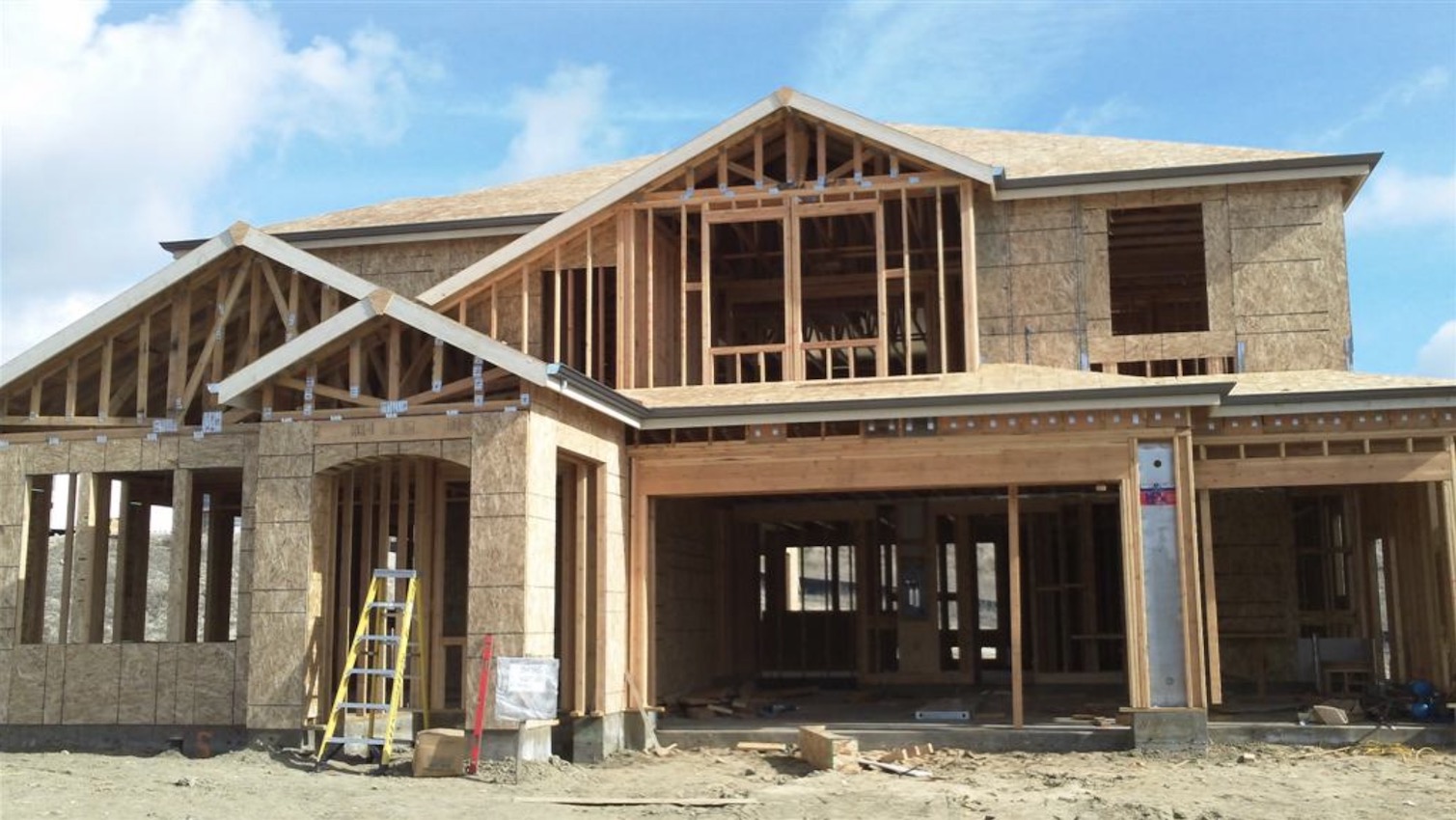



0 thoughts on “How Long Can You Lock A Mortgage Rate For New Construction”